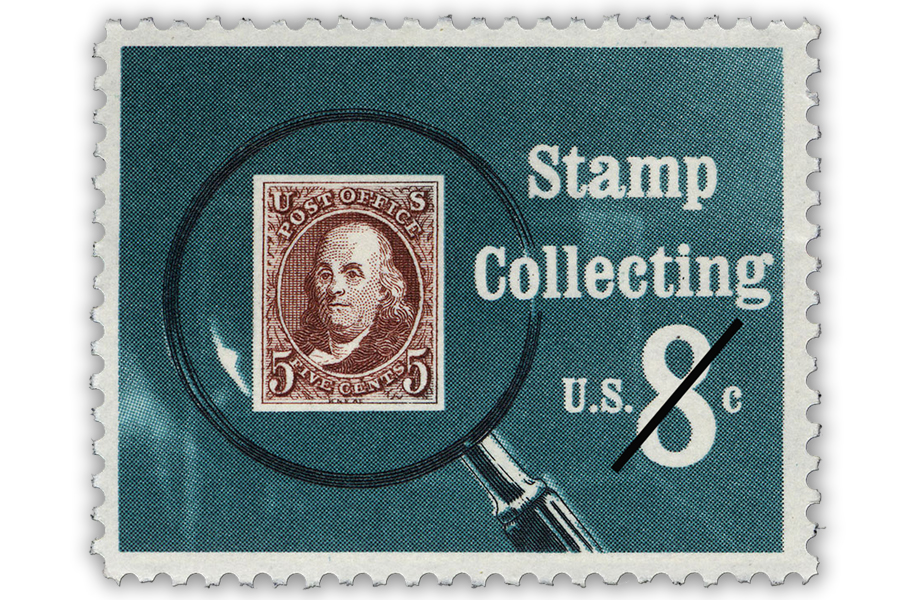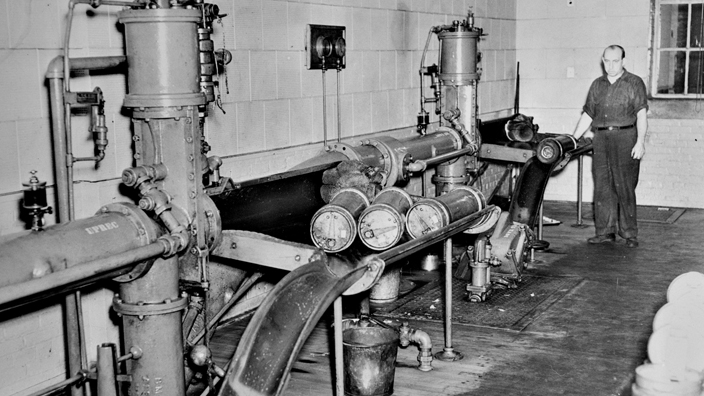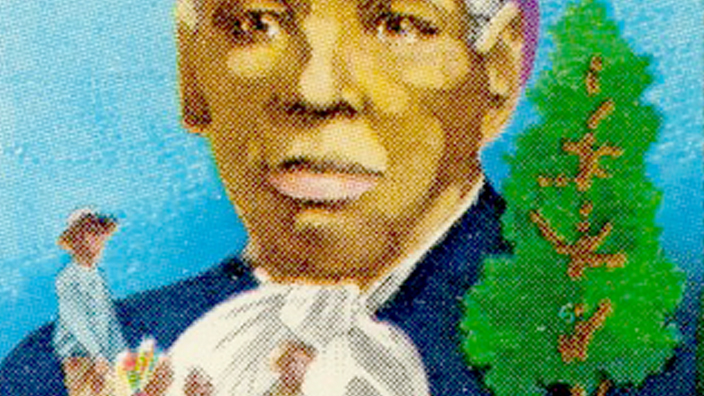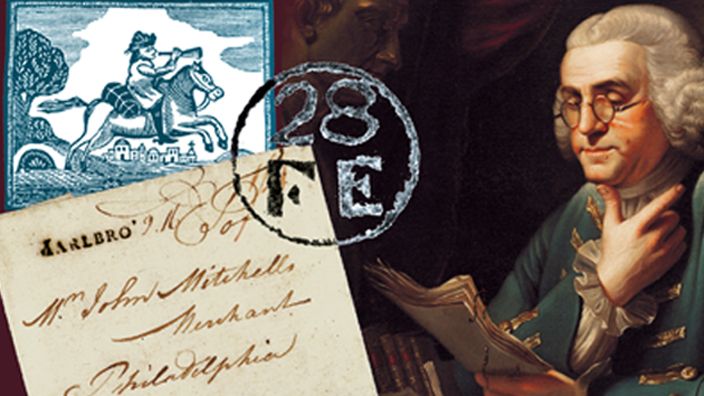Every postage stamp that finds its way to the corner of an envelope begins as someone’s idea — and every idea is reviewed by one group: the USPS Citizens’ Stamp Advisory Committee.
The committee, also known as CSAC, meets regularly to review tens of thousands of stamp suggestions from the public and offer recommendations to the postmaster general, who makes the final decision on which stamps are selected for release.
CSAC traces its history to March 21, 1957, when then-Postmaster General Arthur E. Summerfield ordered the committee’s formation.
At the group’s first meeting a mere month later, Summerfield told the founding members that their job was to advise on “the subject matter, the design, the production and the issuance of postage stamps with the most appropriate and appealing themes.”
There had been calls for such an advisory panel for decades, in part due to what was seen as the less-than-ideal quality of U.S. stamps.
George Linn, founder of Linn’s Stamp News, lamented their “poor taste for design and color,” and a group of volunteer artists even formed in 1941 offering their help.
Six of the seven CSAC members were therefore plucked from the worlds of philately and art. The other was the deputy director of the U.S. Information Agency.
William H. Buckley was among them. Now most widely remembered as a conservative commentator, he was then president of the New York Art Directors Club.
One of the group’s early projects was the preparation of the Guide for the Selection of United States Commemorative Postage Stamps, a Post Office Department pamphlet that listed seven guidelines for stamp selection.
They were also the tasked with the screening of “hundreds of requests” for stamp issues each year, according to Philatelic News.
Today, there are 11 guidelines, and upward of 40,000 stamp proposals each year, but one thing remains constant: All suggestions must be in writing and sent by U.S. Mail. No emails, phone calls or in-person appeals will be considered.
The “History” column appears occasionally in Link.



